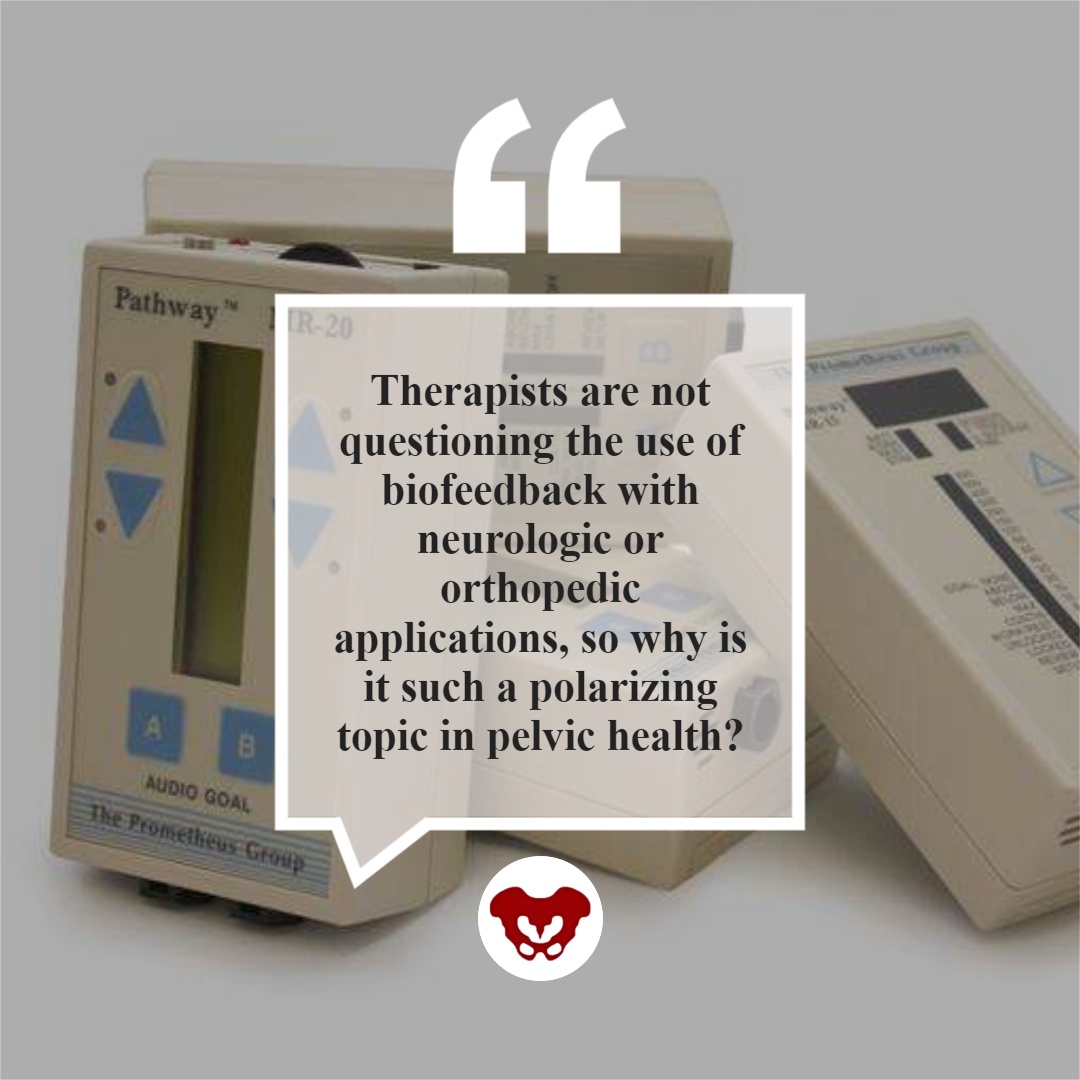Revealing the Mysteries of the Brain Through qEEG Cerebral Mapping in Psychological Health Evaluation
Revealing the Mysteries of the Brain Through qEEG Cerebral Mapping in Psychological Health Evaluation
Blog Article
Understanding the human mind is a challenging task, particularly when it pertains to mental health. Traditional methods of evaluation frequently depend on conversations and surveys, which can sometimes miss important aspects about how the mind operates. This is where quantitative brainwave analysis, or qEEG, enters into play. qEEG is a specialized technique that assesses electrical signals in the cerebrum. By analyzing these brainwaves, mental health experts can obtain valuable insights into a person's mental state, helping to improve assessment and intervention.
qEEG functions by placing small electrodes on the head to record brain signals. These electrodes detect neural signals produced by neurons, the cells in the cerebrum that interact with each other. The data gathered is then analyzed and displayed as a series of patterns. Each type of brainwave—such as alpha, beta, δ, and theta—corresponds to various psychological states and activities. For instance, alpha waves are often linked with calmness, while β oscillations are associated to active cognition and issue resolution. By examining these patterns, healthcare providers can identify abnormalities that may indicate mental health issues.
One of the significant advantages of qEEG is its capability to provide objective data. In contrast to conventional evaluations that rely on subjective reports from clients, qEEG provides a distinct view of brain function. This objectivity can assist reduce biases in assessment and lead to more accurate intervention strategies. For example, if a client is experiencing anxiety, qEEG can reveal specific patterns of neural function that are linked with stress conditions. This data enables psychological health professionals to tailor interventions more effectively, whether through counseling, pharmaceuticals, or alternative approaches.
Additionally, qEEG can be especially useful in tracking intervention advancement. By conducting qEEG assessments at various stages during treatment, healthcare providers can monitor variations try these out in neural function over time. This ongoing evaluation helps determine if a intervention is effective or if modifications are required. For example, if a patient is not reacting to a specific treatment, qEEG may indicate that their neural function has not altered in a way that indicates improvement. This feedback cycle can lead to more personalized and effective mental health treatment.
In summary, qEEG cerebral mapping is a potent instrument in the domain of psychological health evaluation. By offering unbiased information about neural function, it improves the comprehension of different mental health disorders. This technique not only aids in precise diagnosis but also helps in monitoring treatment success. As psychological health experts persist to investigate the potential of qEEG, it possesses potential for enhancing the well-being of people dealing with psychological health challenges. With ongoing research and advancements in technology, the mysteries of the mind may become clearer, leading to better outcomes for those in need of assistance.